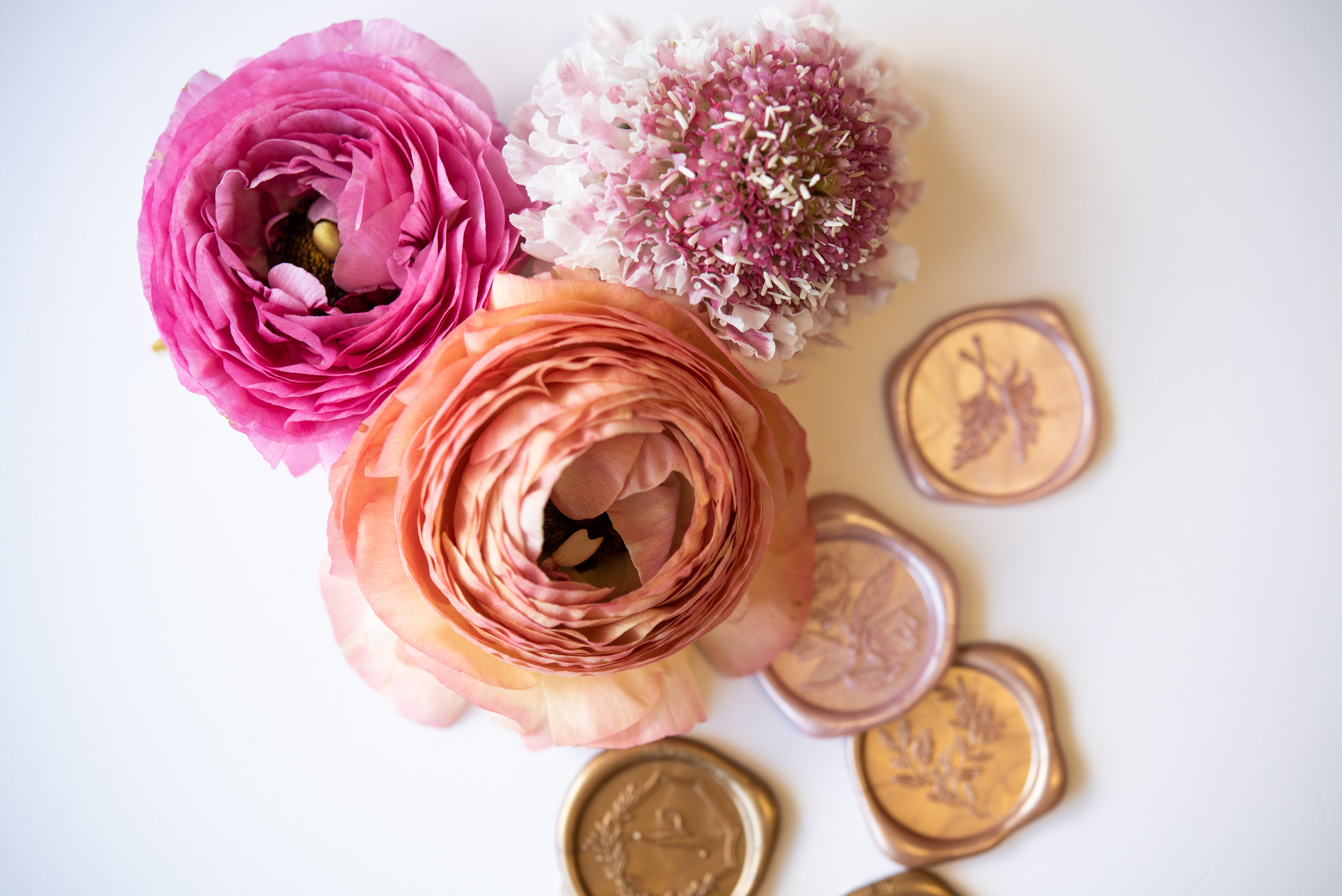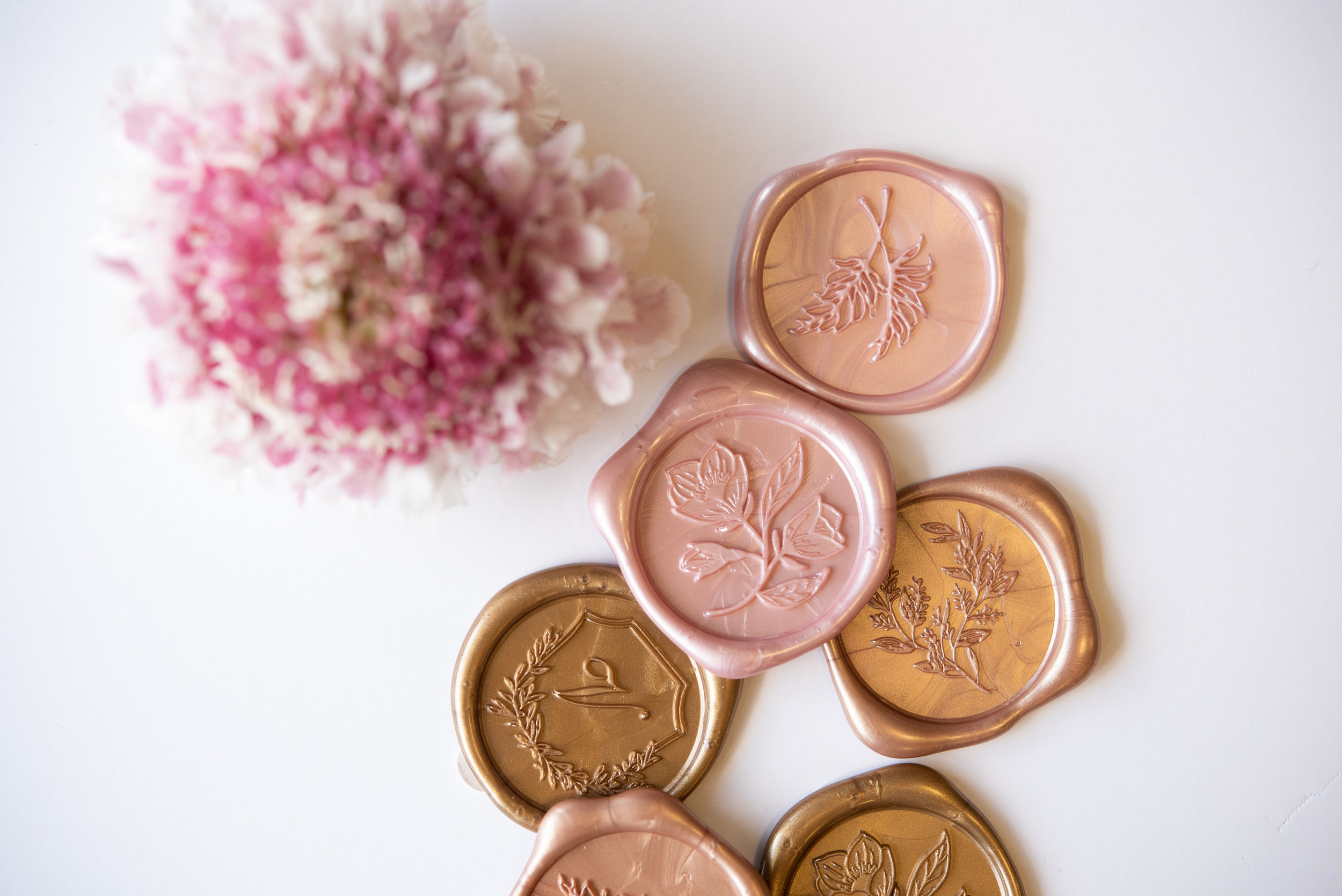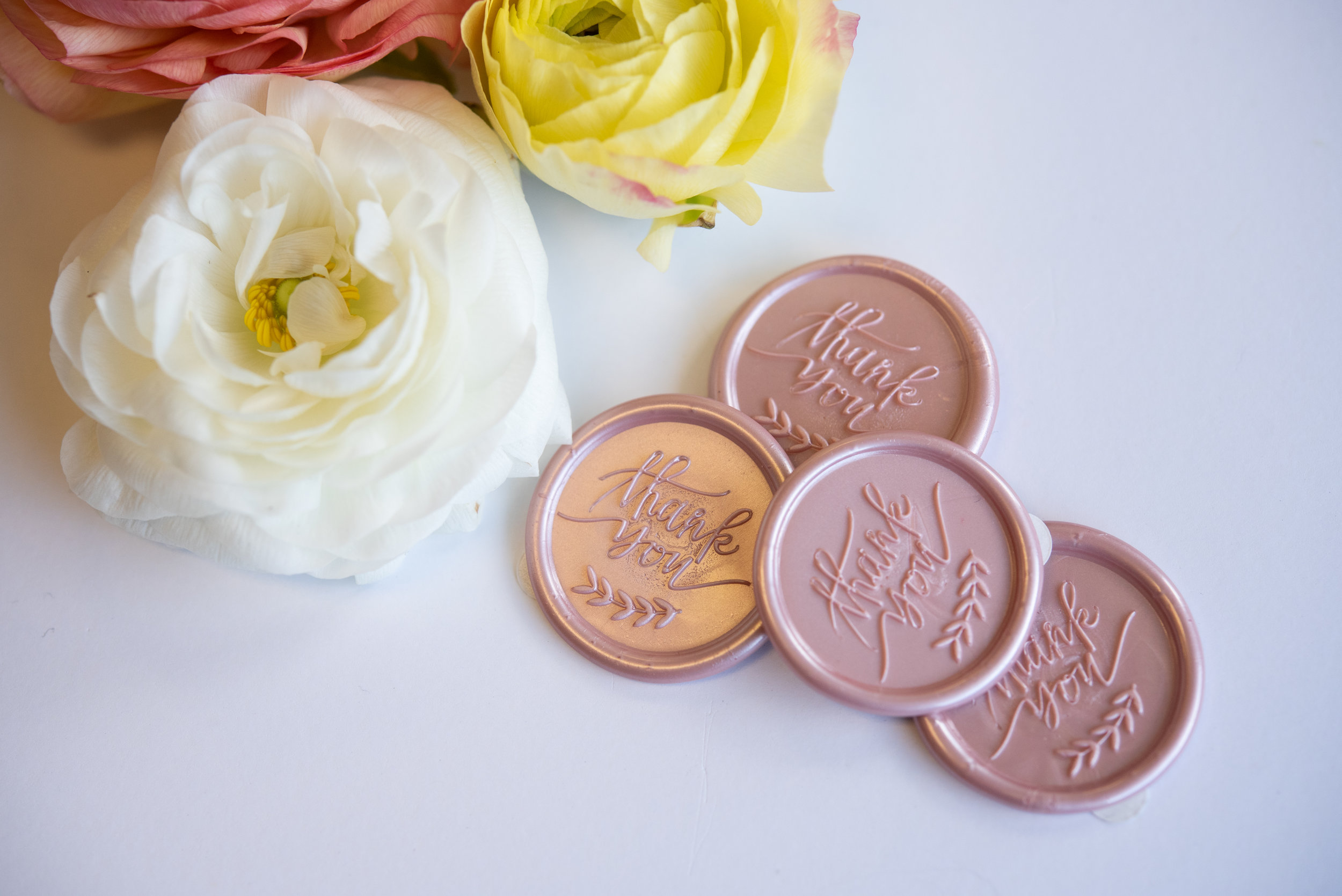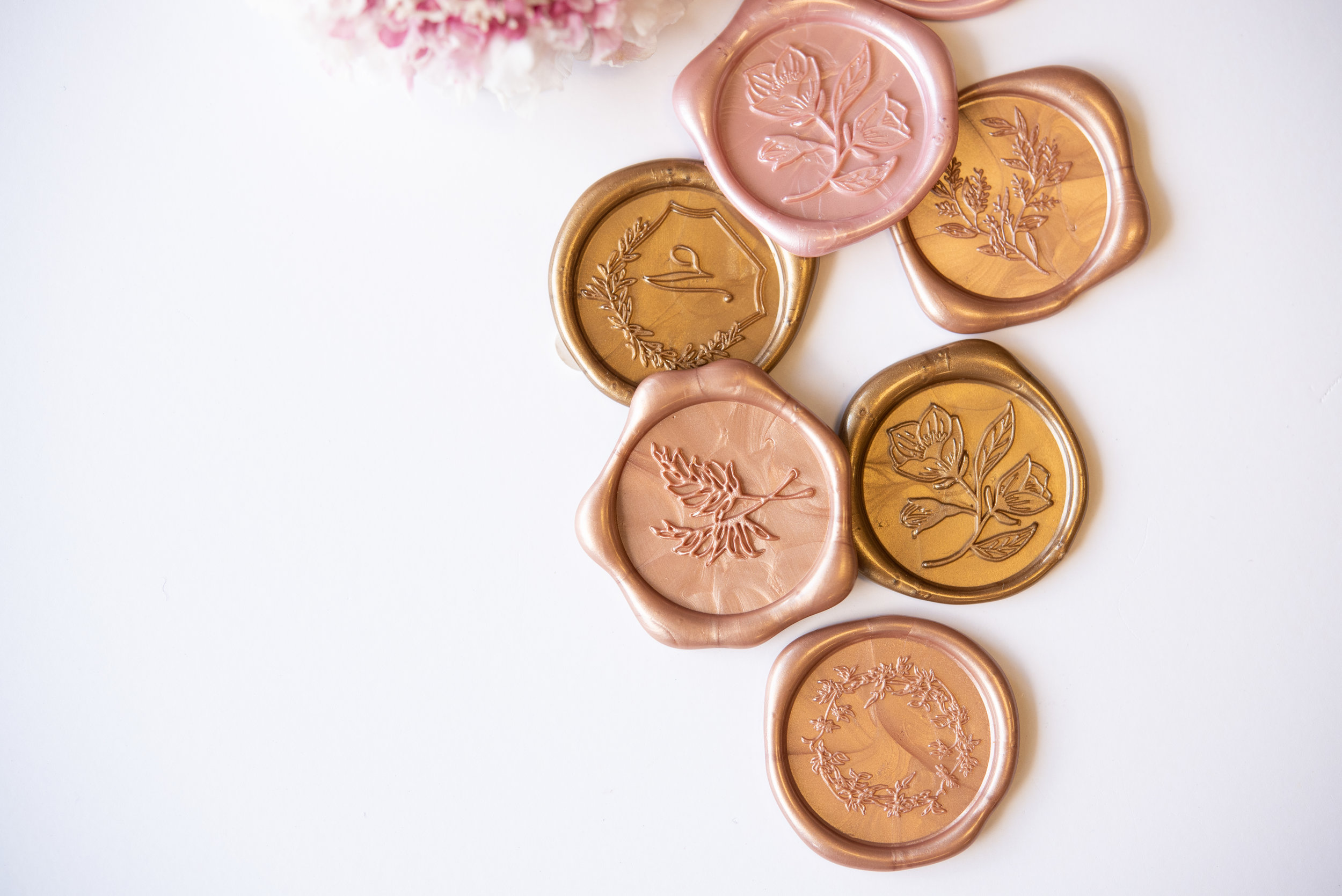We’re thrilled to have Sara Does SEO providing her expertise regarding better blog post Search Engine Optimization (SEO) this week!
You might think blogging for SEO is all about writing tons of written content, but images play a huge role in your blog post’s search engine ranking too.
As a wedding industry SEO consultant, I always make sure my clients’ blog posts include images, and that they’re optimized well to help the post rank.
Here are 3 of my top tips for using images in your wedding industry blogging.
1. Resize Your Images Before Uploading
Page load speed is so important to Google. One of the biggest reasons I find that sites are slow and don’t rank well is that they use HUGE, unoptimized images uploaded directly from a photographer’s high-res files.
Don’t lose visitors or rank from too-large images. Make sure to resize them before uploading.
I like to use Photoshop’s Save for Web tool for image resizing, because I can set a size, set a file format (usually JPG), and adjust the Quality down as far as I can without losing visual quality.
You can use Photoshop’s Batch Processor to do this process on a big folder of photos, if you’re uploading a full gallery or a wedding recap blog post.
Here are the image optimization stats I recommend:
Resize to 1400px maximum on the longest side of the photo (unless it’s going to be used for a full-width header image. In that case, increasing to 1600px+ may make sense)
Aim for 200kb file size or under per photo
Save photos as JPG. Save screenshots or graphics with limited colors as PNG.
2. Rename your image filenames before uploading
What are you using as your image filenames? I’m talking about the actual name of the image that you see when you look for it on your computer.
Image filenames are a big part of getting your image and your post found on Google. The filename explains to search engines what is shown in the image, and Google recommends that filenames for images be “short, but descriptive.”
You should always give your image a filename that describes what’s shown in the image and/or what the topic of your post is.
For example, I might name this image included in this post as “flowers-wax-seals-wedding-blog-post-image.jpg” This is descriptive of what is shown in the image, and it includes “blog post image” which is what this post is all about.
Tips for renaming images
Rename before uploading, as some website platforms do not let you rename images that have been uploaded to your site.
Keep image names short but descriptive.
Do not stuff random keywords into your image filenames if they don’t apply to what’s shown in the image.
For more information and examples of image filenames, check out my article What Should I Name My Images for SEO?
3. Use Photos and Graphics Throughout Your Blog Post
If you want your blog post to rank on Google, you have to keep readers on your post and your site as long as possible. Google monitors how long your visitors spend on your post, so you want to increase “dwell time” to show that readers find your content valuable.
A great way to keep readers on your post longer is to break up text with images and graphics.
Use relevant images not just at the top of a post, but also throughout the content. Many readers will only scan the written content but will stop to look at the photos and read the photos’ captions.
Here’s an example of using an image within your content. Were you scanning this post but stopped to read this caption?
If you don’t have enough useful photos, I’m sure Pops of Pretty can help!
Sara Dunn is a wedding SEO consultant at SaraDoesSEO.com, helping wedding planners, photographers, venues, florists, and more reach rockstar status on Google. Sara can be regularly found contributing to such notable industry sites as Rising Tide Society, Special Events, WeddingIQ, AllSeated and WedAltered.
If you found this post as helpful (seriously, isn’t Sara is amazing?!), be sure to check out our last blog post with some of our top tips for blogging success here!











